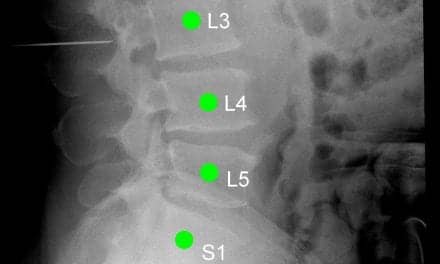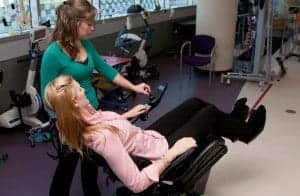The U.S. Food and Drug Administration (FDA) has approved a label expansion of BOTOX to include eight new muscles for the treatment of upper limb spasticity in adults, Allergan, an AbbVie company, announces in a media release.
The new muscles for treatment include additional muscles of the elbow and forearm (brachialis, brachioradialis, pronator teres, and pronator quadratus), as well as intrinsic hand muscles (lumbricals and interossei) and thumb muscles (flexor pollicis brevis and opponens pollicis). The label now includes the use of ultrasound as a muscle localization technique in adult spasticity, the release explains.
“Today’s announcement is especially important because spasticity is a disabling neurological condition that can have a significant impact on a patient’s quality of life. This label expansion not only adds to our rich history in neurotoxin science, but also reinforces the role of BOTOX in upper limb spasticity treatment. BOTOX provides an evidence-based dosing strategy to meet the clinical needs of providers and their patients.”
— Mitchell F. Brin, MD, Senior Vice President, Chief Scientific Officer, BOTOX & Neurotoxins, AbbVie
Helps Reduce Muscle Stiffness
Spasticity in adults is commonly caused by stroke, multiple sclerosis, spinal cord injury, cerebral palsy, and traumatic brain injury. Individuals with spasticity experience stiffness in the muscles of their upper and/or lower limbs, and may have difficulty with voluntary control. Upper limb spasticity can manifest as a bent elbow, an arm pressed against the chest, or a curled-in hand with a clenched fist, significantly hindering the patient’s ability to perform everyday activities. This can result in difficulty with posture and positioning, and severely interfere with normal muscular movement and function.
BOTOX has been proven to significantly reduce muscle stiffness and is indicated for the treatment of spasticity in patients 2 years of age and older. This expanded BOTOX dosing guidance provides physicians the ability to treat based on clinical assessment of a patient’s spasticity and anatomy while staying within the BOTOX maximum cumulative dose of 400 Units in a 3-month period in adults. BOTOX has not been shown to improve upper extremity functional abilities or range of motion at a joint affected by a fixed contracture. The safety profile of BOTOX in adult upper limb spasticity remains the same, with the most common adverse reactions including nausea, fatigue, bronchitis, pain in extremity and muscular weakness, the release continues.
“BOTOX has demonstrated efficacy and safety for spasticity management at clinically proven doses. This label expansion offers physicians and their patients living with spasticity another important tool as part of a comprehensive treatment plan for spasticity management.”
— Kimberly Heckert, MD, Director, Spasticity Management Fellowship, Thomas Jefferson University of Philadelphia
[Source(s): AbbVie, PR Newswire]
Related Content:
Botox is Now Approved for Lower-Limb Spasticity in Children
FDA Approves BOTOX to Treat Spasticity in Pediatric Patients
People with Spasticity or Dystonia May Become Immune to Botox Treatment





